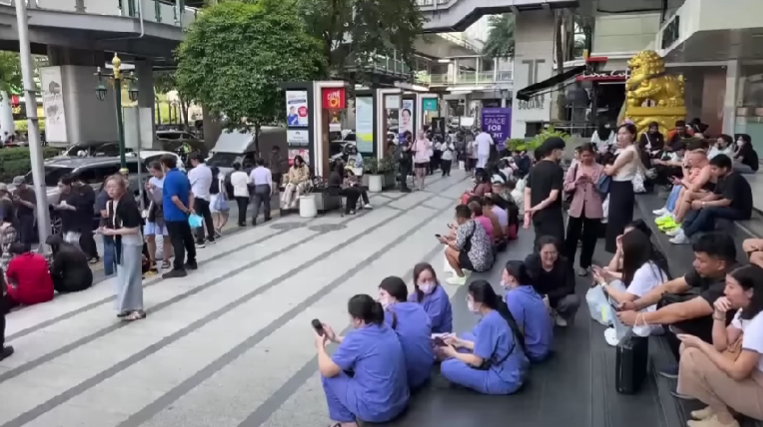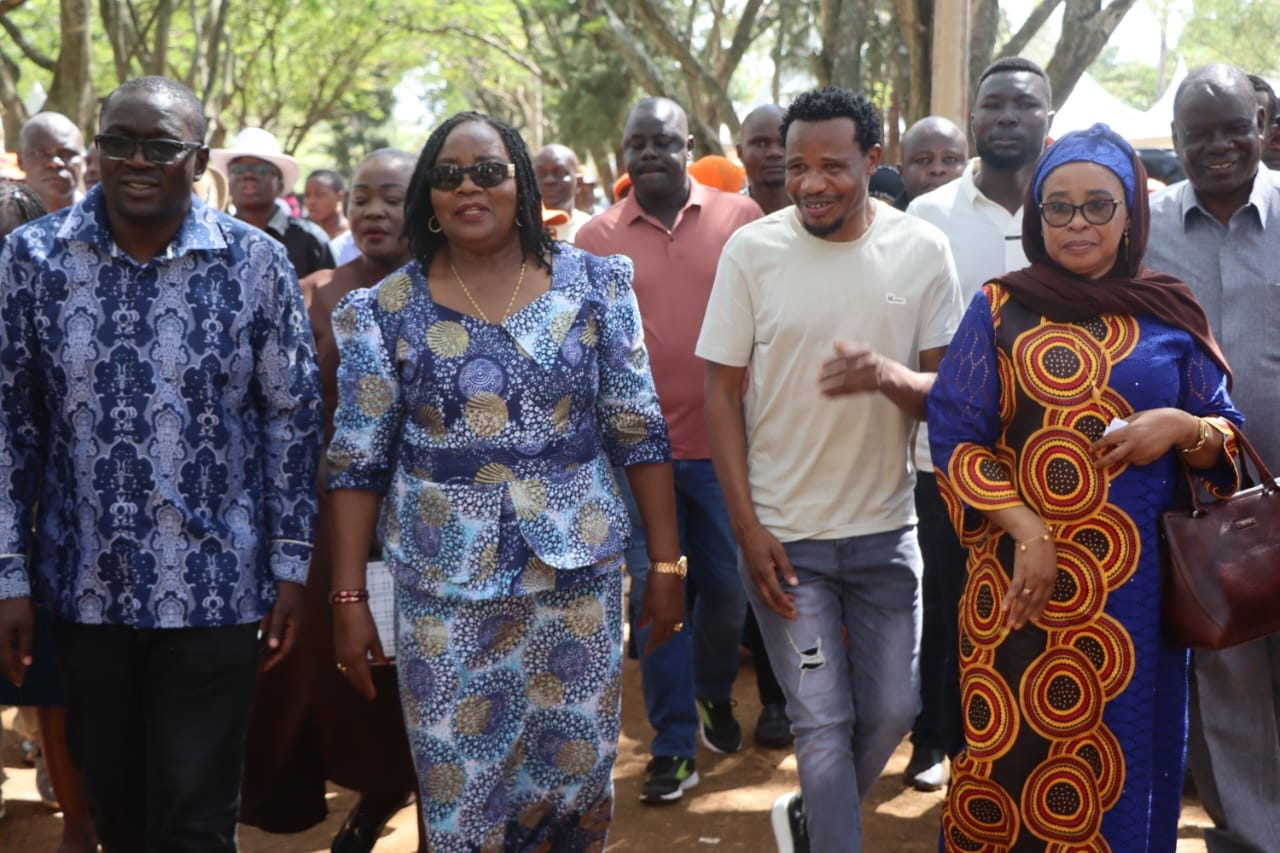
 Dozens are also feared trapped in a collapsed high-rise building in the Thai capital of Bangkok.
Dozens are also feared trapped in a collapsed high-rise building in the Thai capital of Bangkok.A member of a rescue team based in Mandalay, Myanmar, tells the BBC the number of deaths from the Myanmar earthquake is not yet known - "but is at least in the hundreds".
"That's all we can say right now because the rescue efforts are ongoing," they add.
It comes after a strong 7.7 magnitude earthquake hit central Myanmar, with the United States Geological Survey identifying the epicentre as being 16km (10 miles) north-west of the city of Sagaing.
Meanwhile, 81 construction workers are missing after an unfinished high-rise building collapses hundreds of miles away in Thailand's capital Bangkok, where the effects were felt.
Dramatic images show damaged buildings in Myanmar, while video shows a rooftop pool in Thailand spilling over the sides of a swaying building.
Myanmar has been in political turmoil since a military junta seized power in a 2021 coup - getting information on the ground is difficult.
Amnesty researcher: Quake 'could not have come at worse time for Myanmar'
This earthquake could "not have come at a worst time for Myanmar", Joe Freeman, Amnesty International’s Myanmar researcher, tells me.
More than 3 million people are internally displaced in the country, while the UN estimates more than a third of the population are in need of humanitarian assistance.
It also comes as the US has frozen most foreign aid, impacting human rights and humanitarian relief in Myanmar.
The epicentre of the earthquake is in central Myanmar, which Freeman describes as the "heartland" of the ongoing conflict in the country.
"There are so many issues already impacting civilians there - military airstrikes, clashes between resistance groups and the military and different towns under different control," he says when we speak - adding those, plus the quake, are "going to make delivery of aid all the more complicated".
Freeman says Myanmar’s military has a "well-documented history of denying aid to areas where groups who resist are active" - and calls for the military to "allow unimpeded humanitarian access" to areas that are affected, prioritising "the needs of civilians".
It's been six hours - here's what we know
It's been around six hours now since a powerful earthquake struck Myanmar in South-East Asia.
It was measured as 7.7 on the Richter scale at around noon local time (06:00 GMT) - four smaller shocks ranging between 4.5 and 6.6 in magnitude have been measured in the area since.
Myanmar, formerly known as Burma, is run by a military regime and it can be difficult to get information. We don't yet know the death toll, or the full extent of the damage.
But the BBC's Burmese Service has spoken to a rescue worker in Myanmar's second largest city, Mandalay, who says the damage there is "enormous" and that the number of casualties is "at least in the hundreds". The Red Cross also says there has been "significant damage”.
A state of emergency has been declared in six regions, and images show buildings and roads badly damaged - we've sourced a video showing a large bridge collapsing.
Exactly how far the damage has spread remains unclear - but we have mapped out how far away the earthquake could be felt.
In Thailand, which borders Myanmar to the east, three construction workers have been killed and dozens injured after an unfinished high-rise building collapsed in the capital, Bangkok.
Our team in the city said they felt the buildings swaying. There's still much we don't know, but we have teams on the ground and across the BBC working hard to bring you the latest information.













